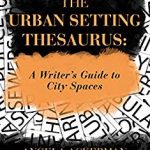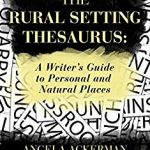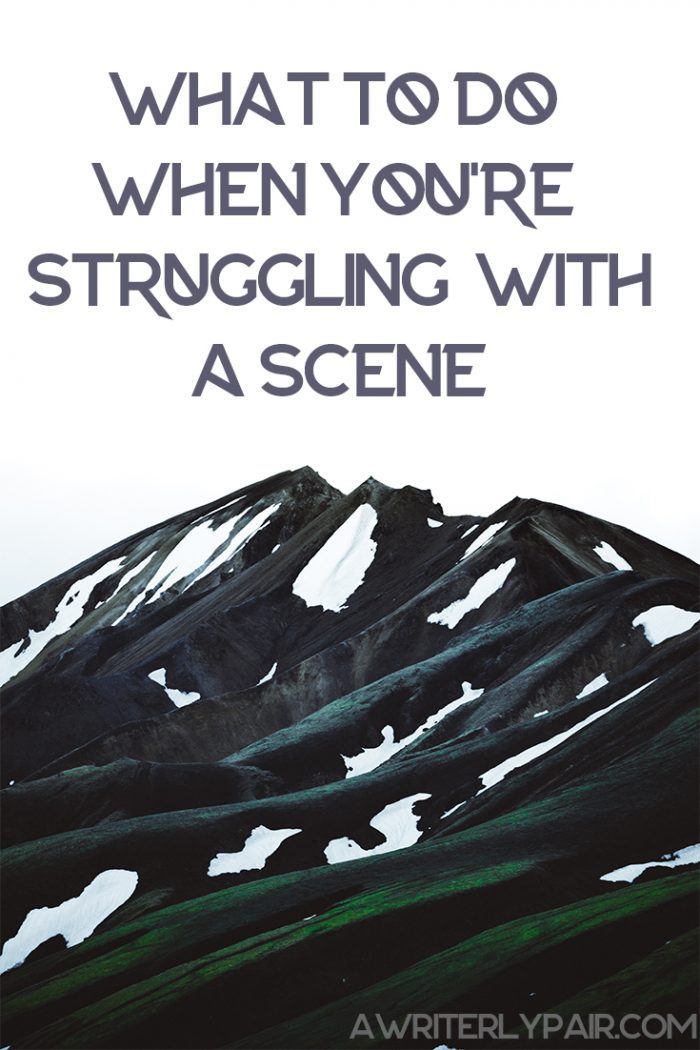Writing descriptions has never been my forte. In fact, I used to bequeath Matti with every single setting description and fight scene because I found both to be so dang hard! If he was busy writing something else, I would throw together two or three sentences with the excuse that I did better with dialogue and hopefully Matti will swoop in later to fix it.
Unfortunately (or actually fortunately), the day came when I realized I needed to learn. I couldn’t rely on someone else because I was too scared to stumble along in the learning process. Don’t get me wrong, I could visualize a setting and the sentences themselves weren’t terrible. I was simply unable to create it as vividly on the page as I did in my head, so I would get stuck.
So I did some research, and more importantly, I gave myself permission to suck until I got it right. Here is what I learned— and be sure to check out a few helpful resources at the end.
- Start with the five senses. Jot down at least two different things your narrator can see, hear, touch, smell, and taste. Keep the wording simple as you’re brainstorming, and then start playing around with words and phrases once you find the right way to evoke your desired emotions in the reader.
- How’s the weather: Author Rayne Hall says that weather will change not only how characters dress, but also how they walk, how they travel, and how they feel. Keep in mind what time of year it is, how it changes as the plot progresses, and how it can cause tension in your story. Hall also points out that its a cliché to have the weather match your character’s mood. It may be tough to accept, but having it rain during a funeral is lazy writing. Instead, how about you have a character think the bright sun is mocking the mourners in their black clothing.
- Write it how your character would see it, not how you as the writer would see it. How does the character’s background affect his perspective of this place? If he’s a merchant, he would appreciate the value of trinkets and adornments, people’s clothes, etc. Someone who has never been to this location before will react differently than someone who comes here every day. If you’re writing multiple POVs (points of view), then each character would need to view the scene a little differently.
- How can the setting mess things up, causing juicy tension? Who is there? What do they need from each other? What are they keeping from each other? What do they disagree on? How can the location mess things up? Is the climate too hot or too cold? Are there any irritating insects buzzing around? Is the character sitting in an uncomfortable chair? Is there a risk of falling to one’s death?
- And most importantly, how does this description progress the story along? If there is no reason for your character(s) to be here other than to show off this beautiful meadow, you are wasting your reader’s time. Sorry. Give your hero a moment for introspection, at least, so their character arc can move forward. Just keep the story going!
After you have considered all of these things, remember that less is more. I’m going to get a lot of flack for this, but I can never actually say that I read The Lord of the Rings. I skimmed it. 🙈 Tolkien was a phenomenal world-builder— a real trail blazer for fantasy fiction. I love Middle Earth and watch the trilogy every December, but I’m pretty sure I remember him spending at least a page and a half describing a hobbit hole or the countryside. If you write like this, your modern day readers will start to skim, so make sure every sentence has irreplaceable value. If there are several things you really want to convey, sprinkle it in between dialogue and action to keep your reader awake. At the end of the day though, it is better to give them enough to see where your hero is, and evoke their emotions so they can leave the rest to their imagination. Trust your reader to interpret the beauty of your world in the way that resonates best with them.
That’s all for now, but here are a few awesome books to help you create more vivid scenes in your novel.



How do you fare against your descriptive settings? Are you a natural? Do they need some work? Let me know in the comments!
Sjáumst seinna!
-Shy





